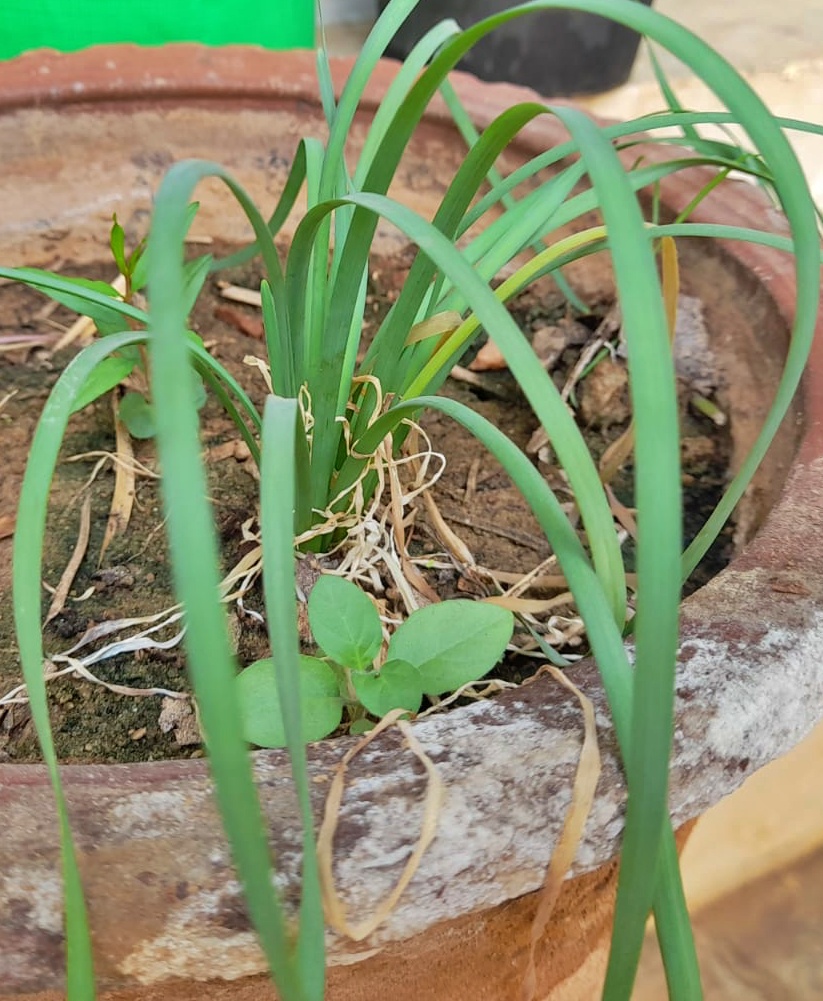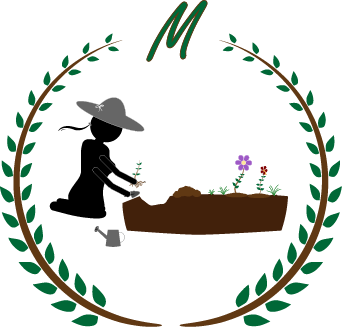How to grow chives in a container

Chives is a perennial herb that is native to Asia and Europe. Growing chives in your garden can help to repel certain insects and attract pollinators. The leaves of chives can be used for cooking purposes. The commonly grown chives are namely Common chives and Garlic chives. Common chives can grow up to 15 inches tall and they are cold hardy plants. Garlic chives can grow up to 20 inches tall and these chives are not cold-hardy when compared to common chives. Chives are a great companion plant and can be grown next to corn, tomato and peas. Here’s how to grow chives in a container.
Growing Conditions
Chives need full sunlight to grow well. However, Very high temperatures can lead to dormancy. They grow best during spring and fall. The soil must be well-drained and fertile. chives are drought tolerant once established, watering should be done when the soil is dry. Overwatering can harm the plants. Make sure to insert your finger in the soil to check the moisture levels in the soil before watering. Before planting chives soil must be amended with aged manure. Minimal care is required for chives once it is established. Side-dress your chives with compost or fertiliser once in two months.
Growing chives from seeds
You can start seeds indoors and transplant them into bigger containers once they have grown 6 inches tall. Fill a small container with seed starting mix and sow the seeds 2 inches apart and 1/4 inch deep. The germination temperature for chives is between 15°C to 21°C (59°F to 70°F). Seeds germinate within 3 weeks. To grow chives in a container you will need one that is at least 12 inches deep. Once your chives are 3 to 4 years old you can divide the clumps into smaller plants and grow them in smaller containers.
Pests and Diseases.
Common pests that harm the chives plant are namely Powdery mildew, downy mildew, thrips and damping off disease.
To avoid powdery mildew and downy mildew make sure there is proper air circulation in the soil. If your chives are infected by mildew disease, then remove the infected part of the plant.
Thrips are tiny insects that feed on plants. If you find yellow, deformed leaves in your plants then you may have thrips. Using blue sticky traps is a good way to identify if you have thrips in your plant. Since they are so small you will be needing a magnifying glass to identify them. You can spray water to dislodge them. Insecticidal soap is another way to control thrips.
Damping off disease mainly occurs in young plants as they are growing. It mainly occurs as a white blurred mould on the trunks of chives. The stem then turns black and falls off. If your chives seedlings are falling off then they might be having damping off disease. Avoid overwatering and make sure there is proper air circulation In the soil where the seedlings grow. Using garlic spray can help treat minor infections.
Read more:
- How to grow rosemary in your home.
- How to grow and care for oregano.
- How to grow basil from seeds in containers.
- How to grow and care for lavender.
